Exploring the Peruvian highlands means connecting with the country’s most authentic essence. This region offers majestic mountains, ancient villages, and unforgettable routes. It’s perfect for travelers seeking cultural experiences and breathtaking natural scenery.
The Andean region blends living history, biodiversity, and ancient traditions. Highlights include Cusco, the Sacred Valley, and the Cordillera Blanca. Due to the altitude and varying climate, proper preparation is essential before your trip.
This guide is designed to help you plan with safety and confidence. You’ll find useful tips on transportation, weather, health, and lodging. At Salkantay Trekking, we’ll take you into the Andes with the support of local experts.
Where Are the Peruvian Highlands?
The Peruvian highlands are located in the south-central part of the country, stretching from north to south. They are part of the mighty Andes Mountains. This mountainous region separates the Pacific coast from the Amazon rainforest.
It covers nearly a third of Peru’s territory and features a wide variety of landscapes, from valleys and plateaus to deep canyons and snow-capped peaks. Huascarán, at 6,768 meters, is the highest point in the region.
The highlands are divided into three natural subregions: north, central, and south. Each has unique altitude, climate, and cultural traits. Cities like Cusco, Arequipa, Huaraz, and Cajamarca are major tourist hubs.
Beyond its mountains, the region is home to hundreds of traditional communities. In these areas, Quechua and Aymara are still spoken daily. The Inca legacy lives on in local architecture, art, and customs.

A Key Region for Peruvian Identity
The Peruvian highlands are more than a tourist destination—they are a vital part of the country’s history and identity. Great civilizations were born here, and unique archaeological sites are preserved.
Machu Picchu, Sacsayhuamán, and Kuélap are among the top attractions. Each showcases the architectural brilliance of ancient cultures. These sites are surrounded by breathtaking natural beauty.
The region also features a wide range of microclimates depending on altitude. Visitors can enjoy fresh, sunny weather for most of the year. That makes the Peruvian highlands perfect for outdoor adventures and cultural trips.
Traveling through the highlands means discovering a land of natural contrasts. It’s also a deeply enriching experience for those who value authenticity. This Andean region invites you to walk through living history, epic landscapes, and time-honored traditions.
Why Explore the Andean Highlands?
Peru’s highlands offer authentic experiences at every turn. This vast territory blends ancient history, unique scenery, and vibrant culture. Each journey through the Andes reveals a deeper connection to the land and its traditions.
Explore ancient Inca cities like Cusco and charming colonial towns. Their architecture reflects centuries of living history. Cobblestone streets, temples, and plazas express the cultural essence of the region.
Nature in the Peruvian highlands is both powerful and diverse. From Mount Huascarán to Laguna 69, the landscapes promise unforgettable adventures. Many travelers choose to hike, bike, or ride the train through the Andes.
The dry season from May to September is ideal for outdoor activities. Clear skies during these months enhance the beauty of snow-capped peaks. It’s the perfect time for photography and visiting the top attractions.
Culture, Flavor, and Tradition at High Altitude
In addition to its natural beauty, the Peruvian highlands preserve enduring traditions. Celebrations like Inti Raymi and Ayacucho’s Holy Week showcase cultural richness. These festivals blend music, dance, and Andean spirituality.
Highland cuisine also delights with its unique flavors and native ingredients. Dishes like pachamanca or cuy chactado reflect ancient culinary heritage. Local markets offer organic foods prepared with traditional techniques.
Another reason to visit is the region’s hospitality. Communities welcome travelers with warmth and pride in their culture. Many places offer immersive tourism, where visitors can learn crafts, cook local dishes, or join Andean rituals.
Traveling through the Peruvian highlands means connecting with stunning landscapes and authentic lifestyles. This region invites you to explore its roots with respect and wonder. Those who visit leave with a fresh perspective and unforgettable memories.
Get ready for your next adventure! Read our Peru Travel Guide and discover everything you need before your journey. Up-to-date, useful info designed for travelers like you!

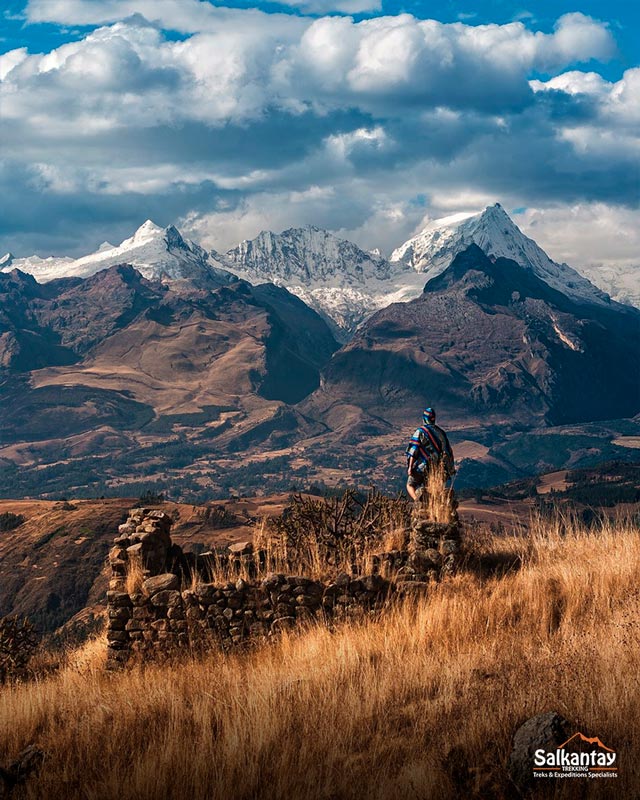
Best Time to Visit the Peruvian Highlands
The Peruvian highlands offer spectacular landscapes year-round, but the weather varies by season. Choosing the right time enhances your travel experience. Some months promise clear skies and better conditions for outdoor activities.
The dry season runs from May to September and is the best time to visit the region. During these months, rain is scarce and the sun shines most of the day. Nights can be cold, but the days are pleasant.
This period is ideal for hiking, exploring archaeological sites, and visiting traditional villages. Many tourists choose these months to hike the Inca Trail or visit Rainbow Mountain. Major cultural festivals, like Inti Raymi in June, also take place during this time.
The rainy season begins in November and lasts until April. During this period, rain is frequent—especially in the afternoons. While the landscape becomes greener, trekking routes may be more difficult or even closed.
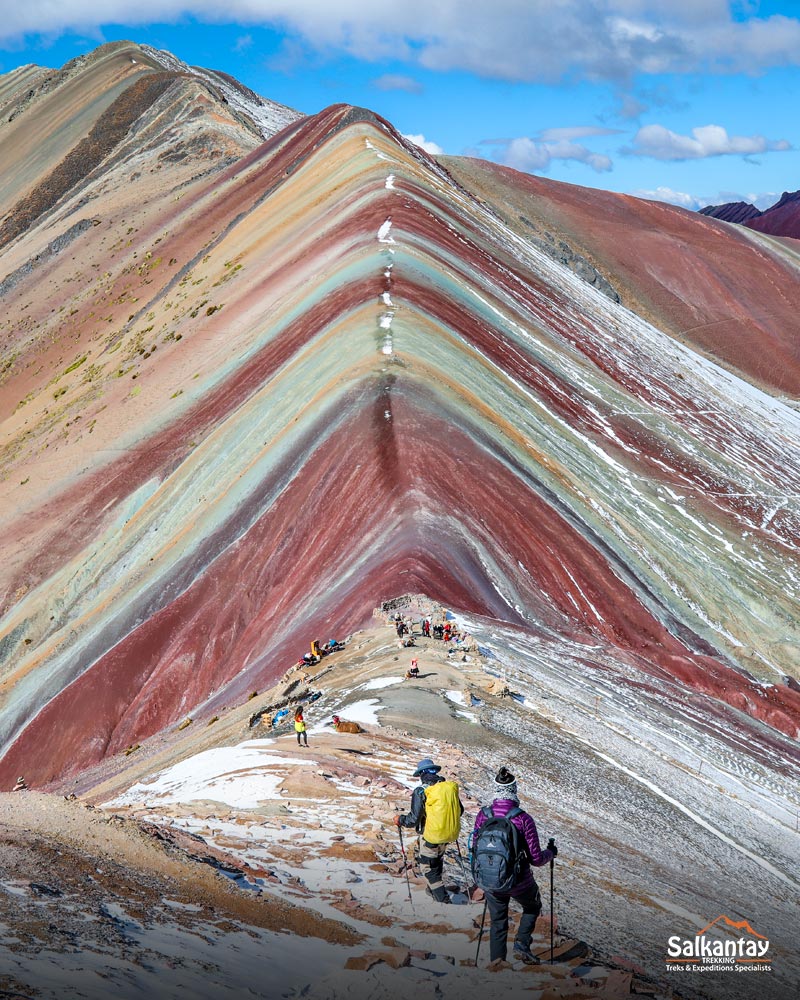
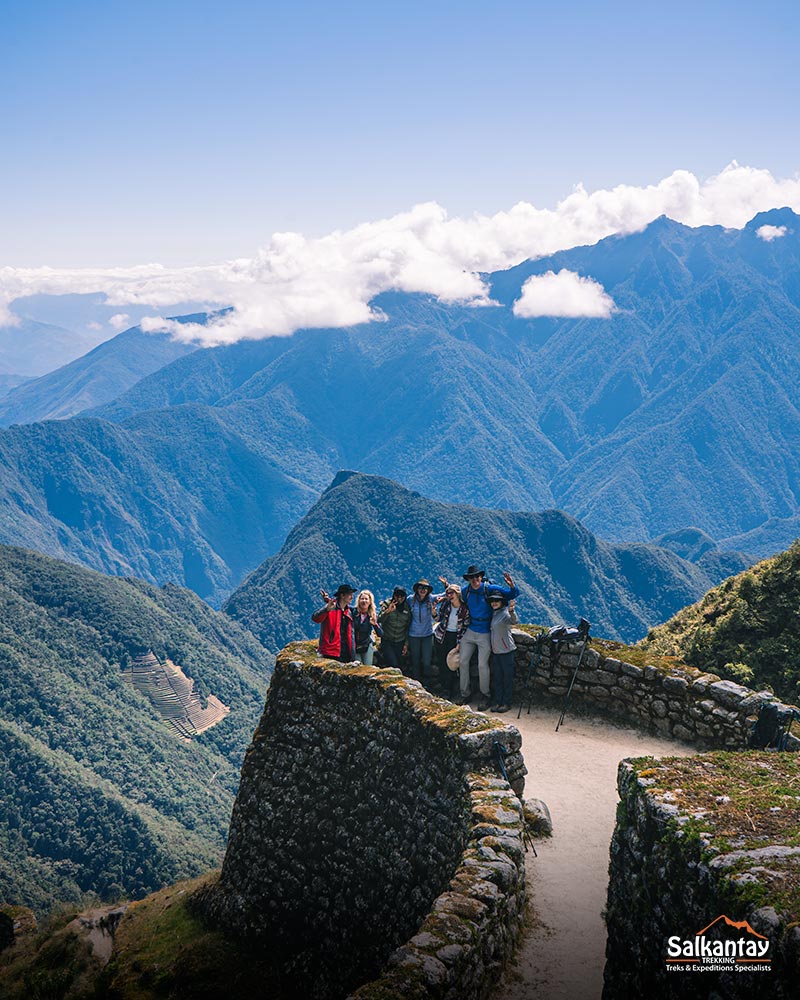
Weather and Travel Planning in the Peruvian Highlands
Weather in the Peruvian highlands depends largely on altitude and location. In high-altitude cities like Cusco or Puno, mornings are often cold—even in the dry season. Still, the clear skies offer stunning views of the Andes.
During the rainy season, the highlands take on a more peaceful and rural atmosphere. There are fewer tourists, prices drop, and experiences feel more personal. Some travelers enjoy this quieter time to explore cultural attractions at a relaxed pace.
Planning ahead is key to making the most of your trip. The Peruvian highlands have plenty to offer in any season. With proper clothing, good information, and a flexible attitude, any time of year can be unforgettable.
Do you travel according to the weather? Read our blog on Peru’s climate and seasons and find the best time for your ideal adventure.
Must-See Places in the Peruvian Highlands
The Peruvian highlands are home to some of the most stunning destinations in South America. This region blends history, high-altitude landscapes, and ancient traditions. Each place offers a unique experience that enriches every traveler’s journey.
Machu Picchu, in Cusco, is Peru’s most famous archaeological gem. This Inca citadel, perched among mountains, stands out for its architecture and spiritual aura. It’s one of the New Seven Wonders of the World and a UNESCO World Heritage Site.
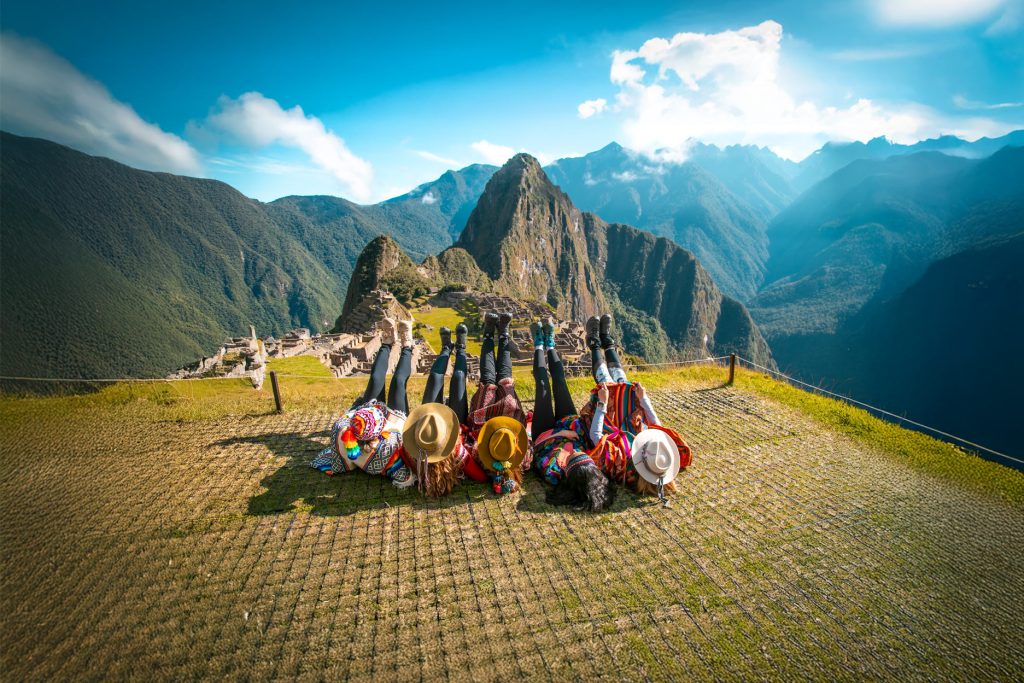
Cusco, the former capital of the Inca Empire, is the gateway to the Sacred Valley. Here you’ll find Pisac, Ollantaytambo, and Moray, surrounded by nature and vibrant culture. Visitors can explore markets, agricultural terraces, and ancestral temples.
Heading to Cusco? Plan each step of your adventure with our practical guide for organizing the perfect itinerary. 👉 Discover it here
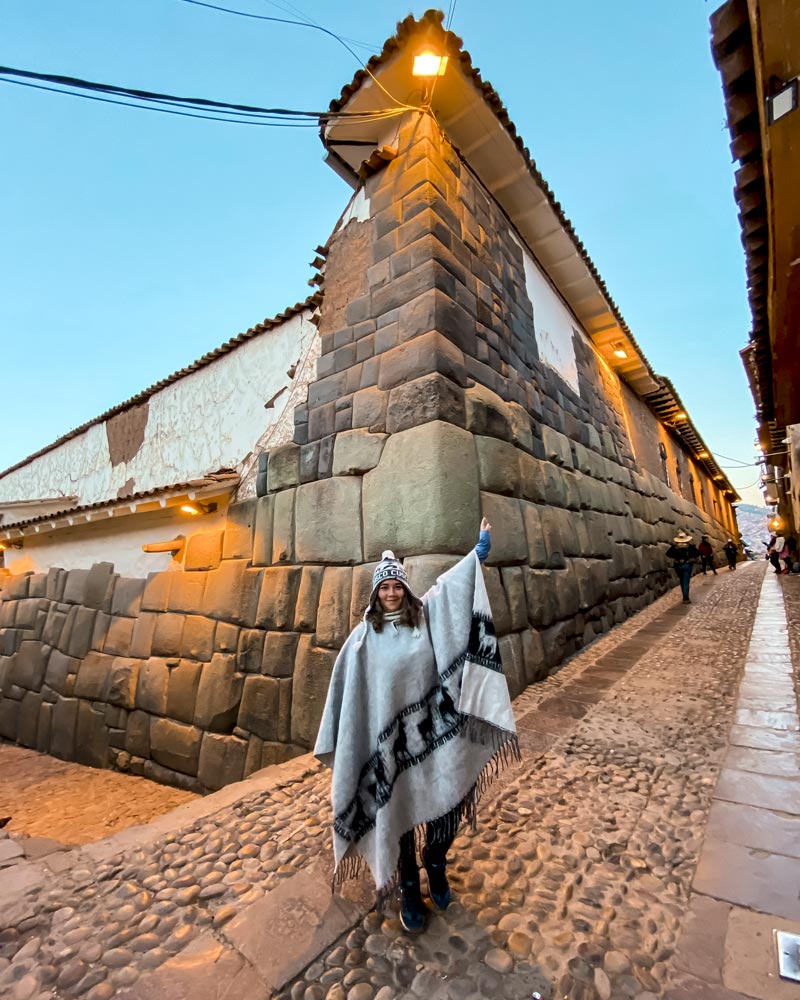
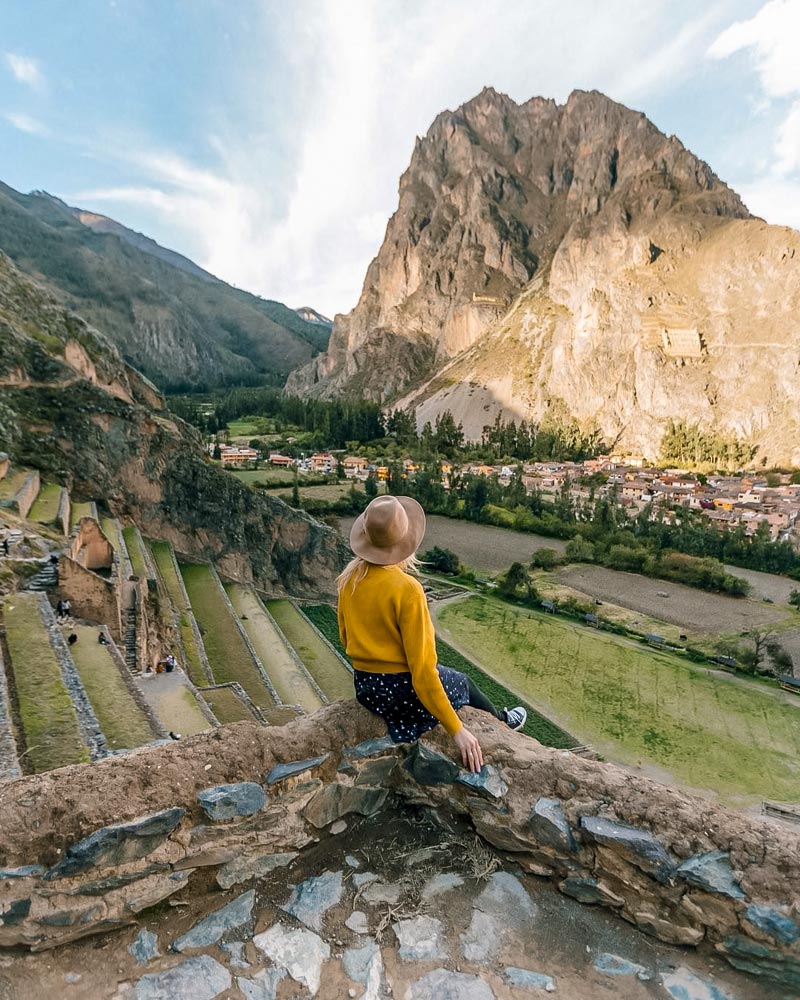
In Puno, Lake Titicaca amazes with its grandeur and mysticism. Its islands, such as Taquile and Amantaní, preserve traditional lifestyles. Local communities welcome travelers with warmth and ancestral knowledge.
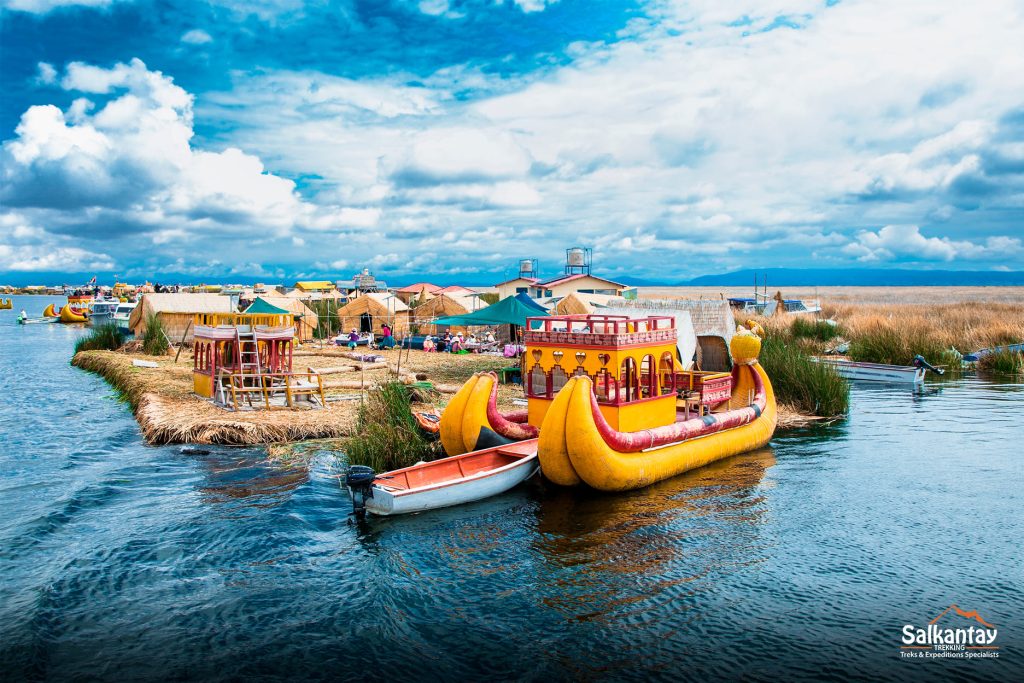
Natural Landscapes and Living Culture in the Peruvian Highlands
Arequipa, known as the White City, combines colonial history with towering volcanoes. Nearby, the Colca Canyon offers breathtaking views of the Andean condor and great trekking routes. You can also enjoy thermal baths and villages full of identity.

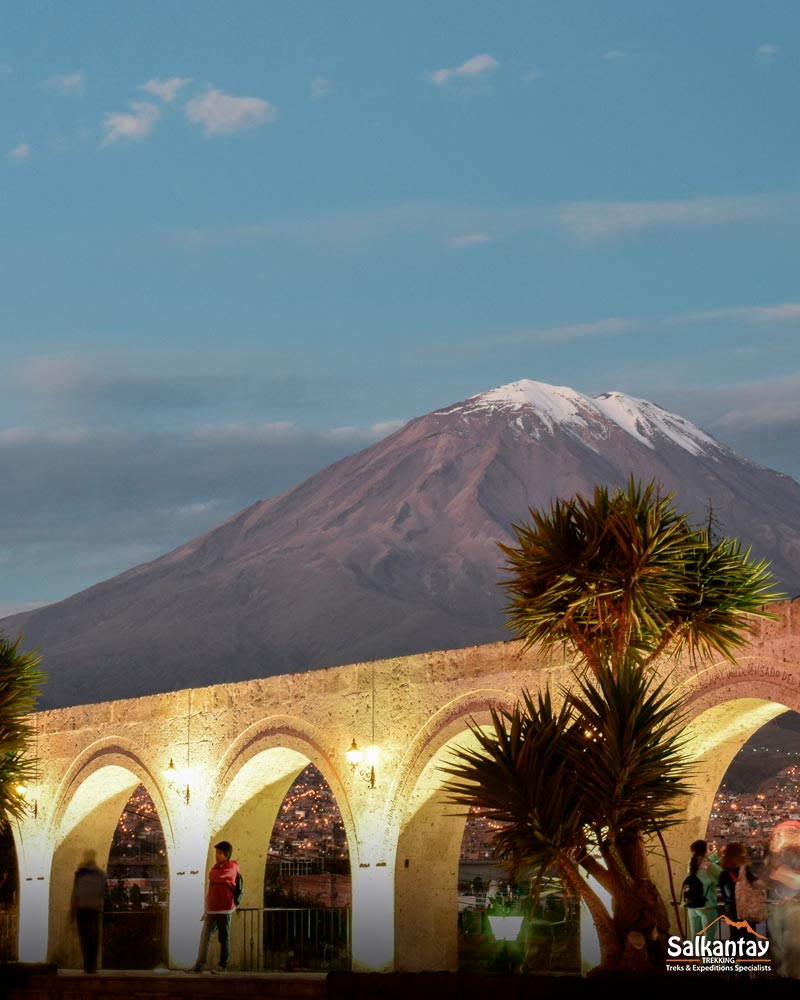
Huaraz, in Áncash, is the gateway to the Cordillera Blanca. Here you’ll find Huascarán, Peru’s highest mountain, and the famous turquoise Laguna 69. It’s perfect for trekking, climbing, and connecting with nature.
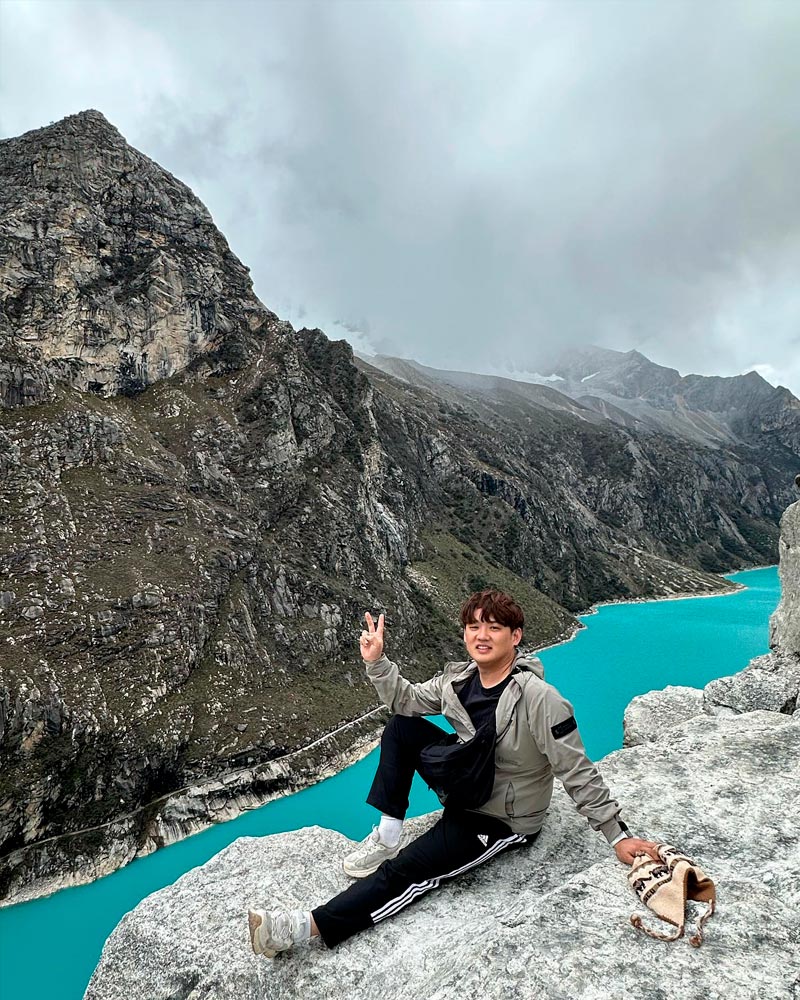
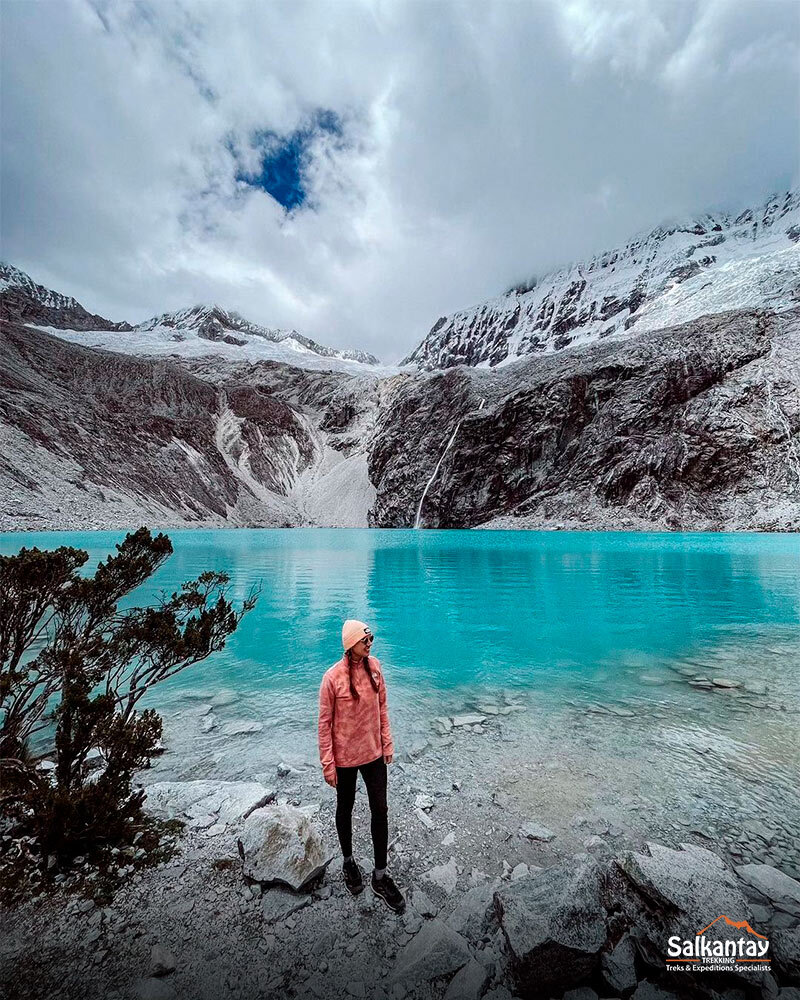
In Cajamarca, history blends with rural landscapes and thermal springs. The Ransom Room and Inca Baths are key stops to understand Inca resistance. The city also features colonial architecture and traditional festivals like Carnival.
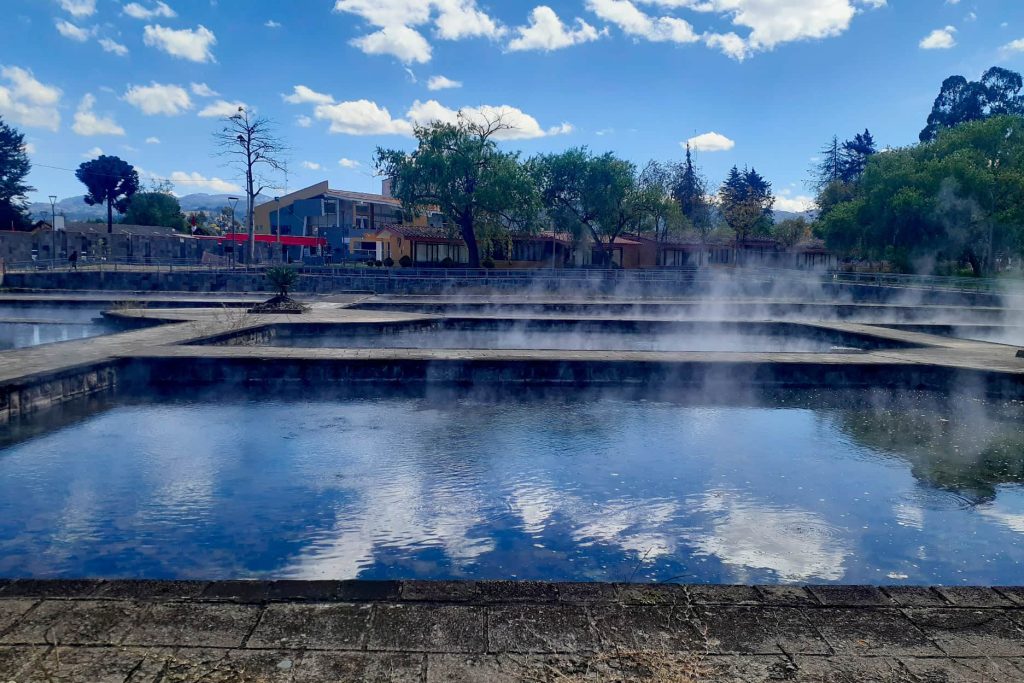
Ayacucho stands out for its colonial churches and vibrant religious festivities. Holy Week draws thousands of visitors who live their faith and culture in every street. Nearby lie the ruins of Vilcashuamán and the historic Pampas of Ayacucho.
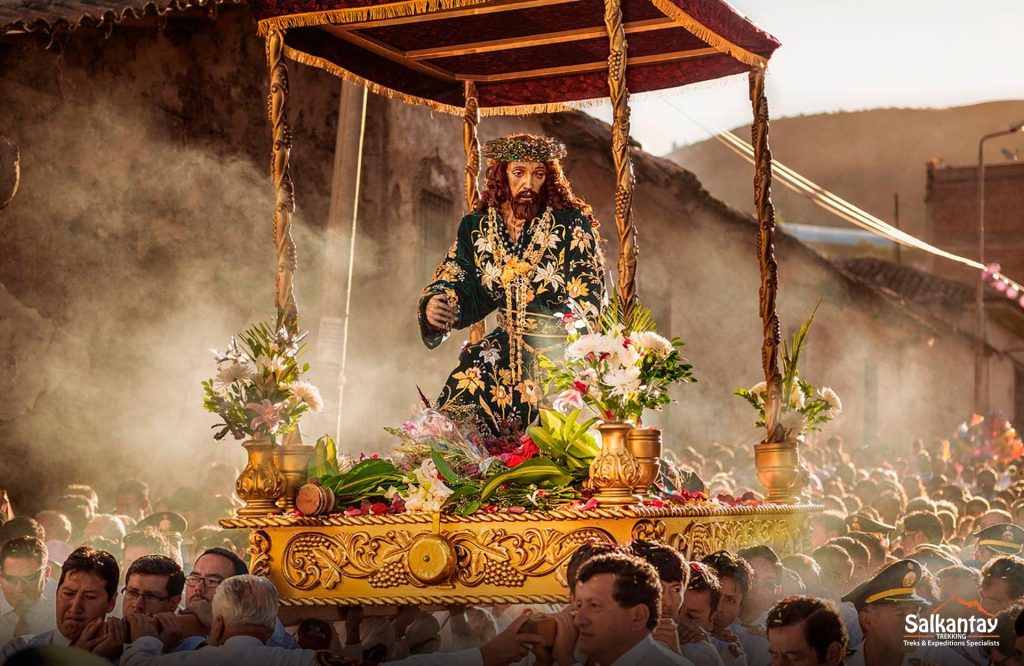
Unique Destinations to Discover in the Andean Highlands
Chachapoyas, in Amazonas, offers history and nature in a mountainous setting. It is home to Kuélap, a stone fortress built before the Inca empire. You can also visit Gocta Waterfall, one of the tallest in the world.

In Cusco, the small town of Huasao surprises with its forest of living sculptures. Carved trees depict mythical characters and fantastic beings. It’s a great family outing and a chance to connect with folk culture.
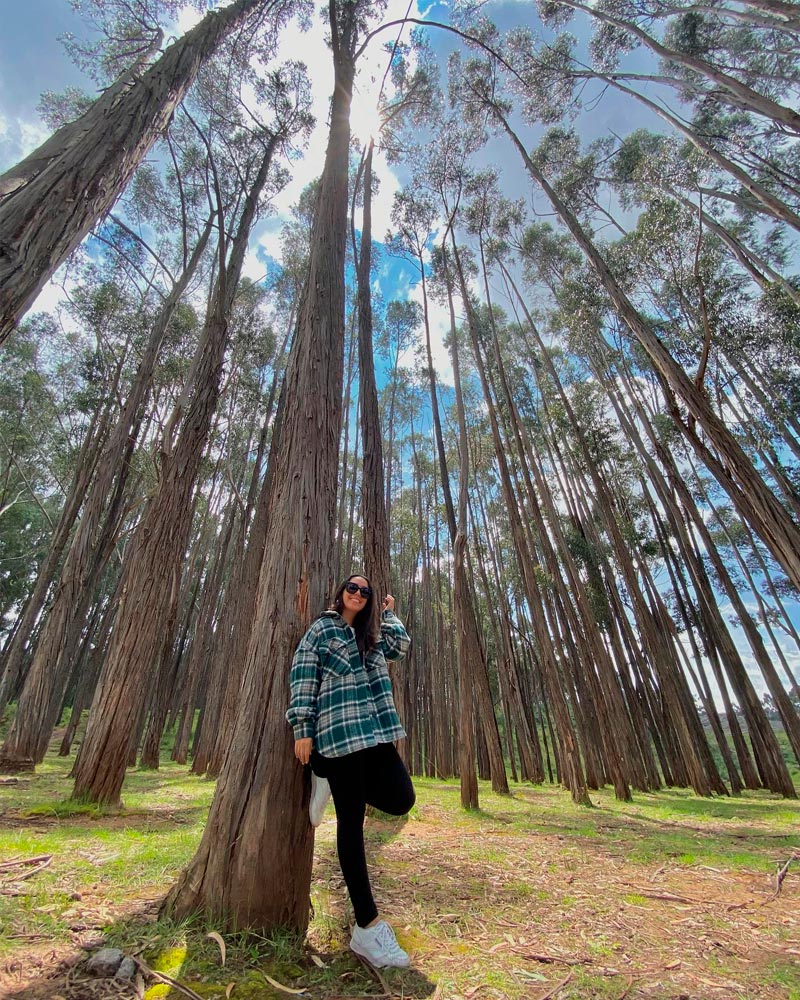
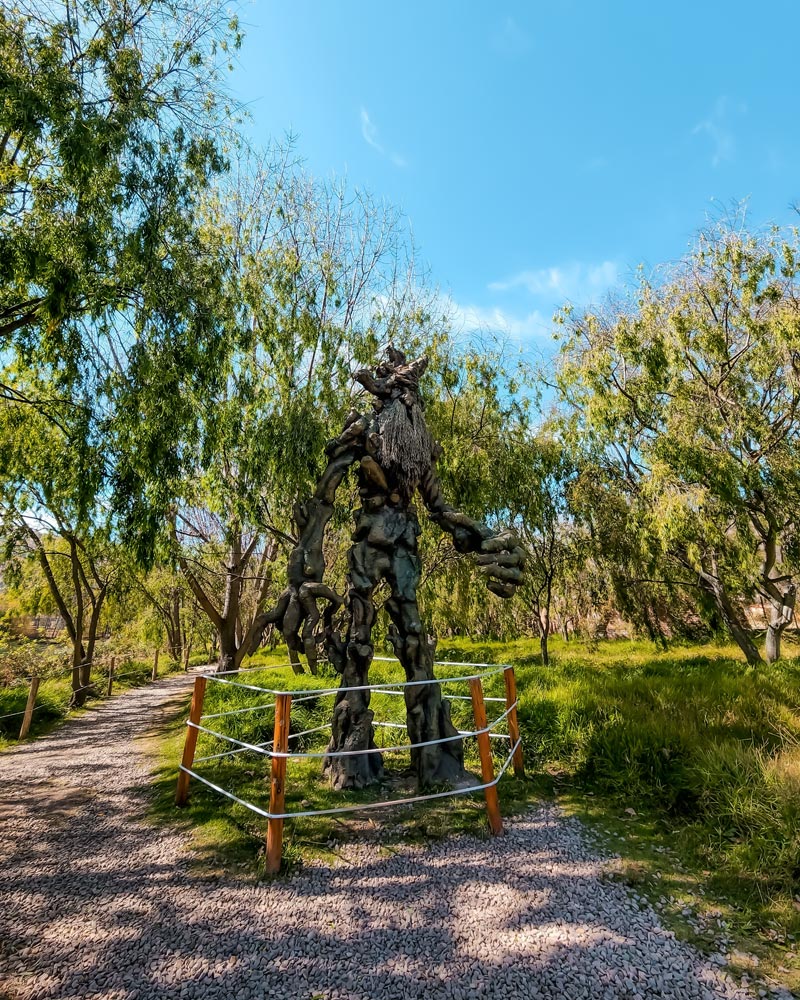
Pampachiri, in Apurímac, features mysterious stone forests. These natural formations create a surreal landscape, perfect for photography. It remains a hidden gem with untouched beauty.
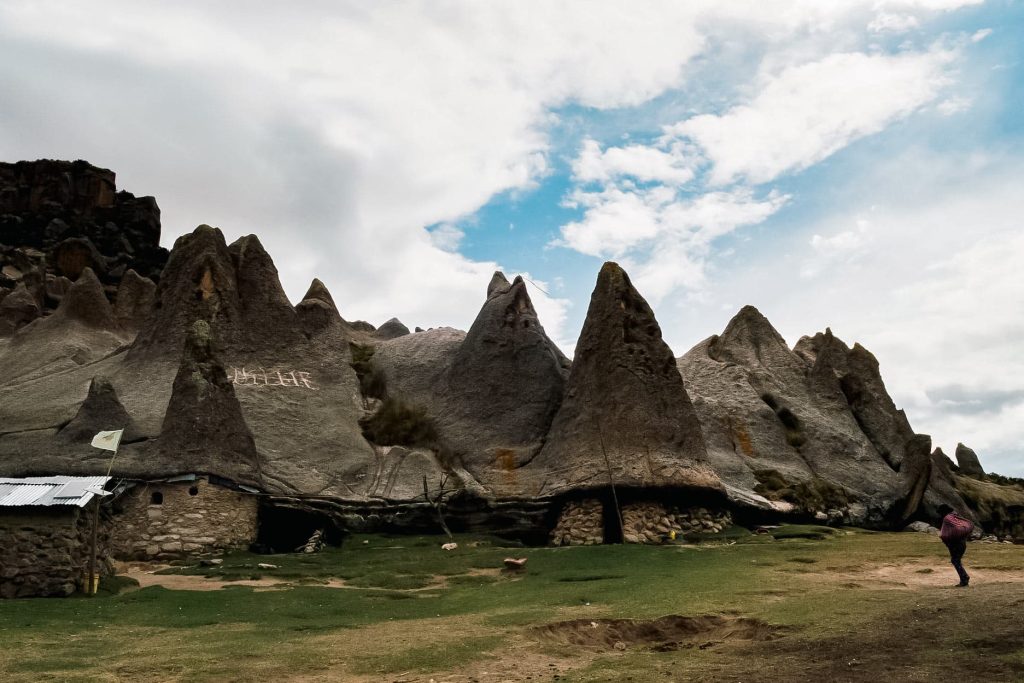
Pro tip: In rural areas without signal, consider renting a satellite device or notifying your accommodation before heading out
Vilcabamba, also in Cusco, holds the ruins of the last Inca resistance. The archaeological site of Espíritu Pampa lies deep within the mountain jungle. It’s perfect for long hikes and historical exploration.
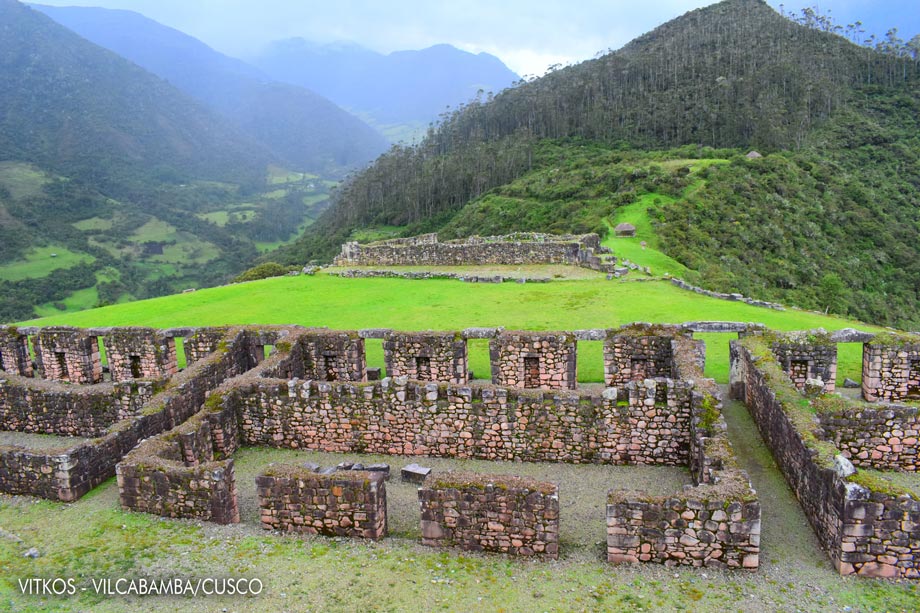
The Peruvian highlands are vast and full of surprises. Each place holds a story, a legend, and a tradition waiting to be discovered. Exploring this region leaves a lasting mark on every traveler’s heart.
Key Tips for Safe Travel
Traveling through the Peruvian highlands is an experience that blends nature, culture, and adventure. To make your visit safe and enjoyable, proper planning is essential. These tips will help you enjoy the region without unnecessary setbacks.
Health is a priority when visiting high-altitude areas. Vaccination against yellow fever, hepatitis A and B, tetanus, and typhoid is recommended. While not mandatory, having the COVID-19 vaccine makes it easier to access certain areas.
In high-altitude regions like Cusco or Puno, altitude sickness (soroche) is common. To avoid it, acclimate for one or two days before strenuous activity. Drink coca tea, stay hydrated, and avoid heavy meals at first.
Bring a travel kit with pain relievers, altitude pills, sunscreen, and insect repellent. Wear long sleeves, a hat, and sunglasses. If visiting rural areas, carry purified water or purification tablets.
Safe Transportation in the Peruvian Highlands
Intercity transportation in the Peruvian Andes connects towns and cities with safety and comfort. Recommended companies include Cruz del Sur, Oltursa, and Movil Tours. They offer comfortable seats, VIP services, and reliable schedules.
To reach Cusco, Arequipa, or Ayacucho, you can also fly with LATAM, Sky Airlines, or JetSMART. For breathtaking views, take the train to Machu Picchu with PeruRail or IncaRail. In cities, use apps like Uber, inDrive, or Cabify for greater security.
In rural areas, agree on the fare before boarding a taxi. You can also use shared vans (colectivos), though they can be confusing. Ask your hotel for safe local transport options.
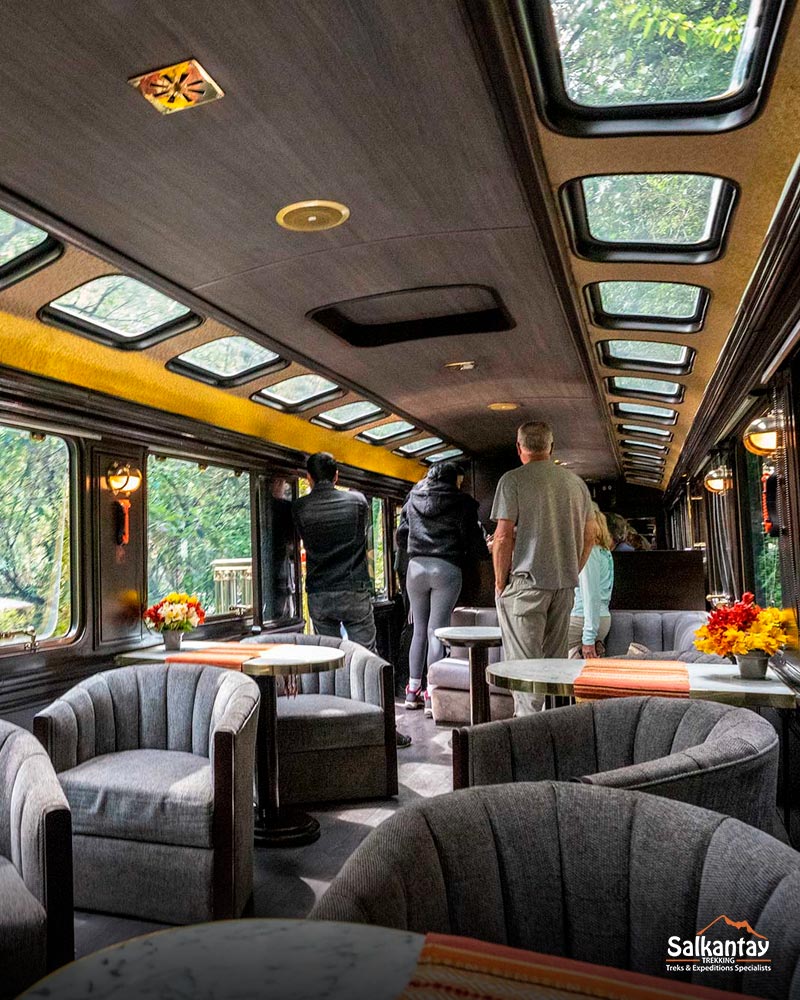
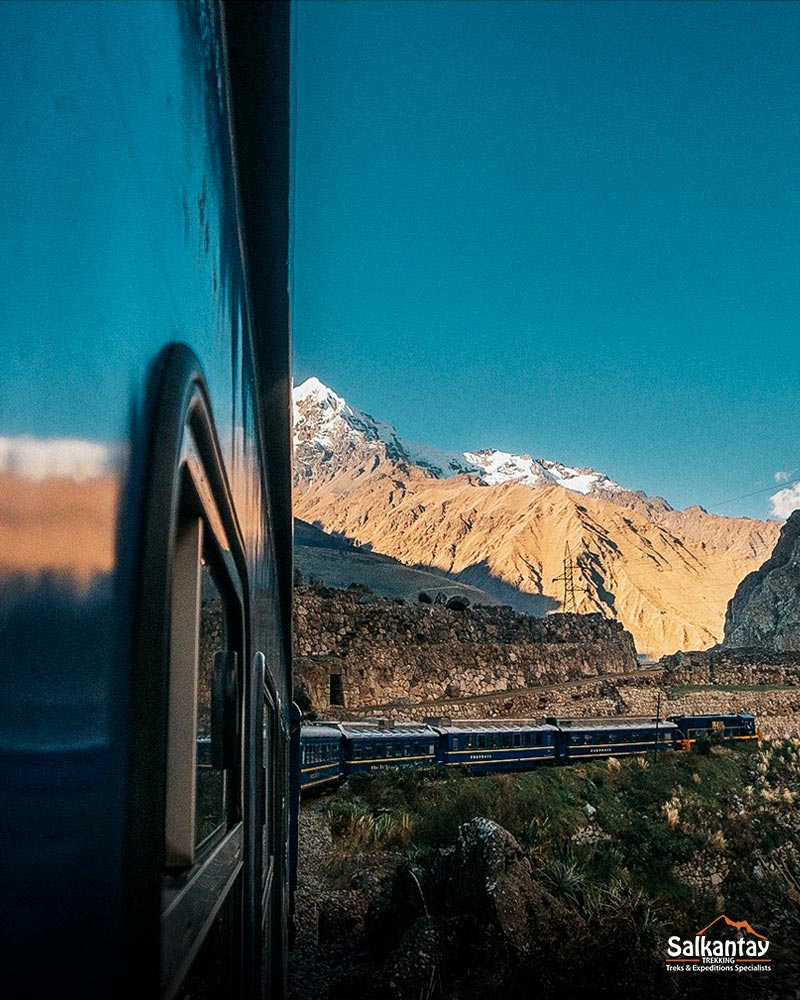
Accommodation for Every Type of Traveler
The Peruvian highlands offer lodging for all budgets. In Cusco, try Belmond Monasterio, JW Marriott, or Tierra Viva San Blas. In Arequipa, Katari Hotel or Cirqa Relais & Châteaux are excellent choices.
For a cozy vibe, choose boutique hotels like Antigua Casona San Blas or Andenia Hotel. Backpackers prefer hostels like Pariwana or Selina, which offer good facilities and a social atmosphere. In Colca, Apurímac, or Puno, try rural lodgings with cultural immersion.
Book in advance, especially from June to September. Check reviews and amenities before reserving. Choose eco-friendly options that support local communities.
Travel Safety for Peace of Mind
The Peruvian highlands are a safe destination if you take basic precautions. Keep your passport and money secure. Avoid walking alone at night in quiet areas.
Use only licensed travel agencies for tours. Always request a receipt and verify permits. Salkantay Trekking is a reliable company for tours in the region.
Don’t accept help from strangers at ATMs or terminals. Avoid showing valuables in public. Let someone know your plans if traveling alone.
Pro Tip: Protect your eyes with UV sunglasses—altitude and snow amplify sunlight. Good eyewear prevents eye damage during treks.

Typical Cuisine of the Peruvian Highlands
The Andean cuisine of Peru stands out for its native ingredients. Try pachamanca, cuy chactado, chairo, and Arequipa adobo. Other popular dishes include humitas, kapchi, and chuño con carne.
Typical drinks include chicha morada, coca tea, and chicha de jora. In Cusco, enjoy Andean coffee at Three Monkeys or Café D’wasi. In Arequipa, try traditional eateries like La Nueva Palomino or Sol de Mayo.
Eat at local markets like San Pedro in Cusco or San Camilo in Arequipa. Always choose well-cooked food and bottled water. Avoid street food if you have a sensitive stomach.
Meaningful and Responsible Souvenirs
Bring home handmade souvenirs crafted by artisans from the highlands. The most popular items include alpaca textiles, chullos, scarves, and tapestries. Look for origin certifications or products from cooperatives.
You can also buy pottery, Ayacucho retablos, Maras salt, coffee, chocolate, and silver jewelry. Visit markets like San Blas (Cusco), the Indian Market (Lima), or community fairs in Puno and Ayacucho. Always ask about the product’s origin.
Avoid fakes and illegal items. Pay a fair price to support artisans. Thoughtful purchases leave a positive impact on local communities.
Enjoy the Peruvian Highlands Responsibly
The Peruvian Andes offer unforgettable experiences among mountains, villages, and ancient traditions. Travel informed, plan well, and choose sustainable options. Your trip will be safe, enriching, and full of memorable moments.
Discover the living art and tradition of Cusco in this guide to its most iconic crafts. 👉 Read it here
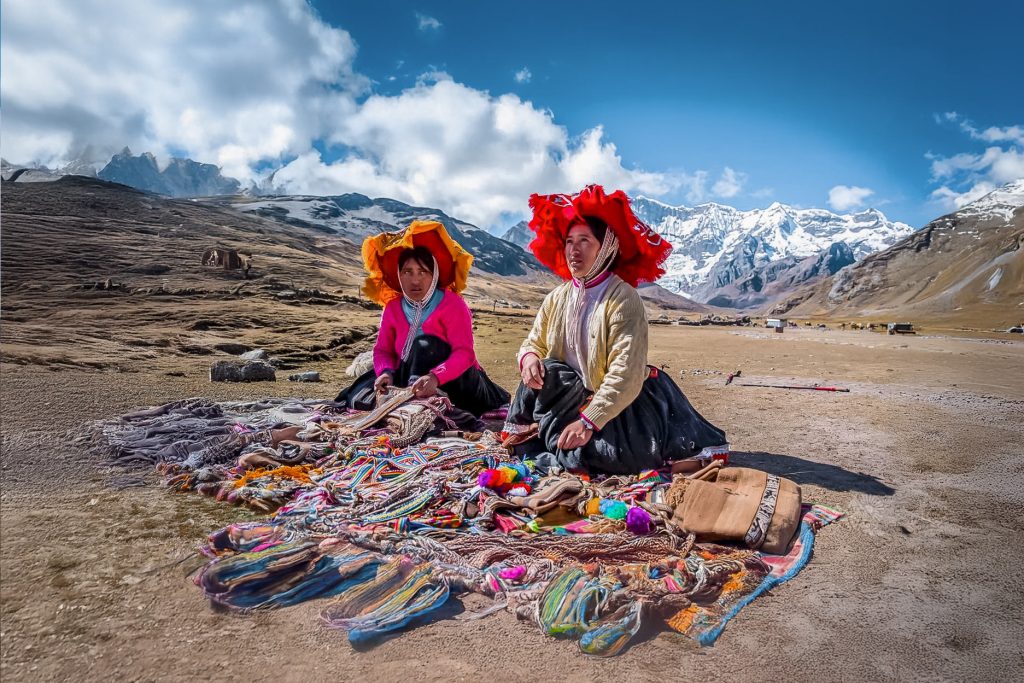

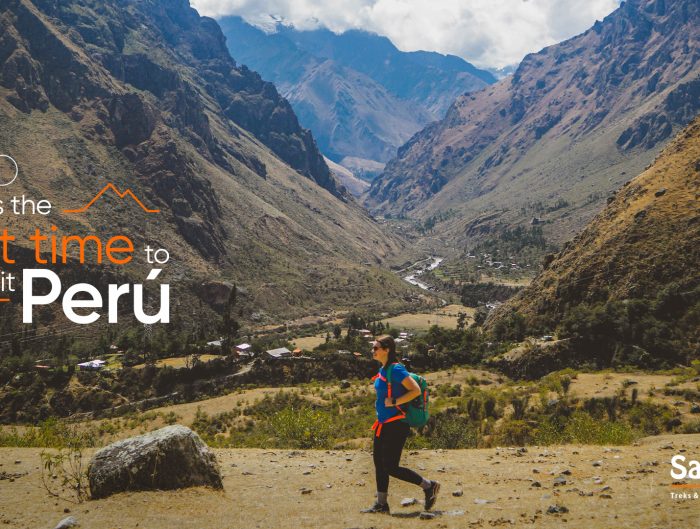
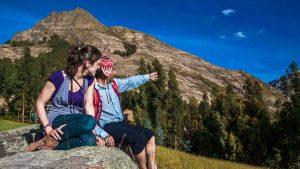
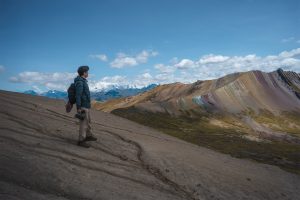
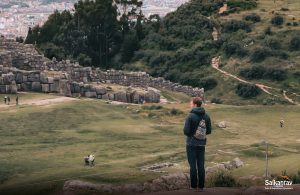
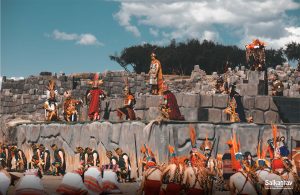
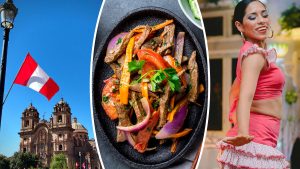
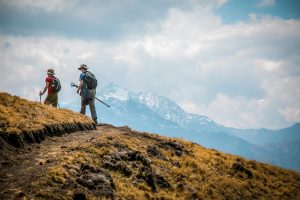
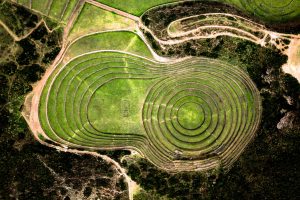
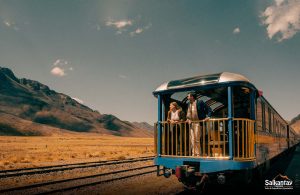
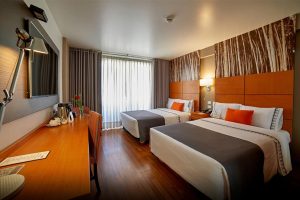
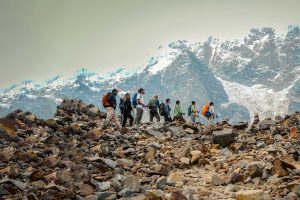
Leave A Reply